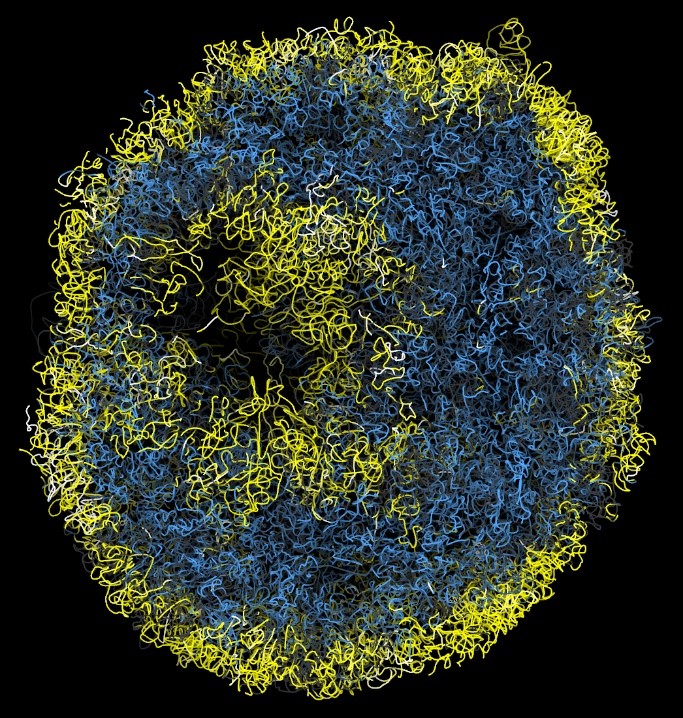Professor Ernest Laue
Chromatin remodelling and genome structure
Email: e.d.laue@bioc.cam.ac.uk
Departmental Affiliation: Department of Biochemistry
Biography
Ernest Laue obtained both his undergraduate degree (1978) and PhD in Chemistry (1983) before moving to the Chemistry Department in Cambridge to work with Jim Staunton on polyketide biosynthesis. He mainly worked on the development of new NMR spectroscopy methods, moving to the Biochemistry Department in 1985. He is currently Professor of Structural Biology at the University of Cambridge, UK.
Reference: Stevens, T., Lando, D., Basu, S. et al. 3D structures of individual mammalian genomes studied by single-cell Hi-C. Nature 544, 59–64 (2017). https://doi.org/10.1038/nature21429
Research
The Laue Group is interested in the way chromatin structure controls gene expression, and studies the structure and function of protein complexes involved in chromatin remodelling. In particular, we focus on the Nucleosome Remodelling and Deacetylase (NuRD) complex, which plays a key role in controlling the differentiation of embryonic stem (ES) cells and the reprogramming of adult cells to a pluripotent state.
To understand how the NuRD complex modulates chromatin structure and gene expression, we are developing an approach to combine single-molecule super-resolution imaging, to study nuclear complexes at near molecular resolution, with biochemical methods to study the global structure of chromatin within single cells. We have recently used this approach to calculate 3D structures of the intact genome in haploid embryonic stem cells and these are providing hypotheses regarding the function of the NuRD complex in regulating chromatin structure. In parallel, we are developing single-molecule microscopy to study the assembly and function of nuclear complexes in live cells.
To complement these studies, we are also carrying out structural studies of the NuRD complex. In the past we have principally used NMR spectroscopy and X-ray crystallography, but we are now increasingly using a combination of electron microscopy, chemical cross-linking/mass spectrometry and biophysical methods.
Additional links
https://www.joh.cam.ac.uk/fellow-profile/144



